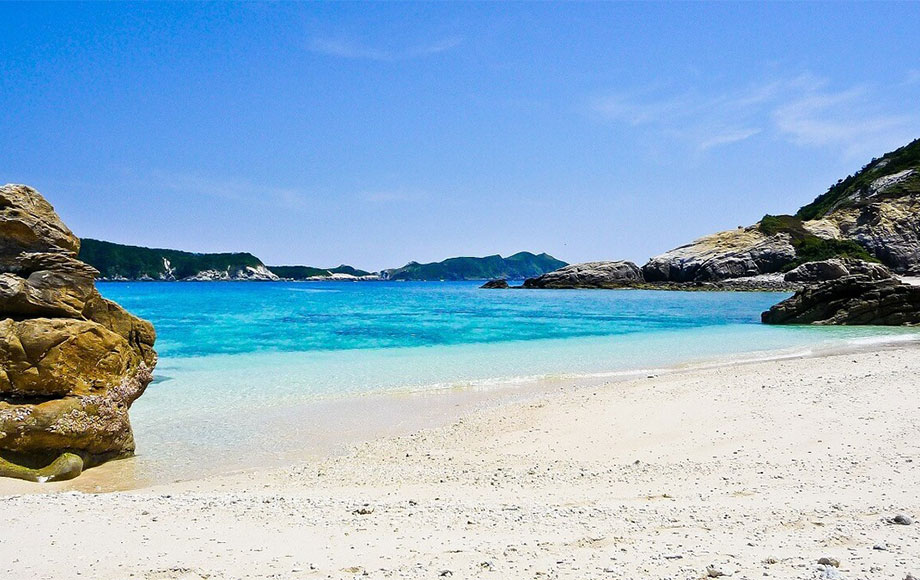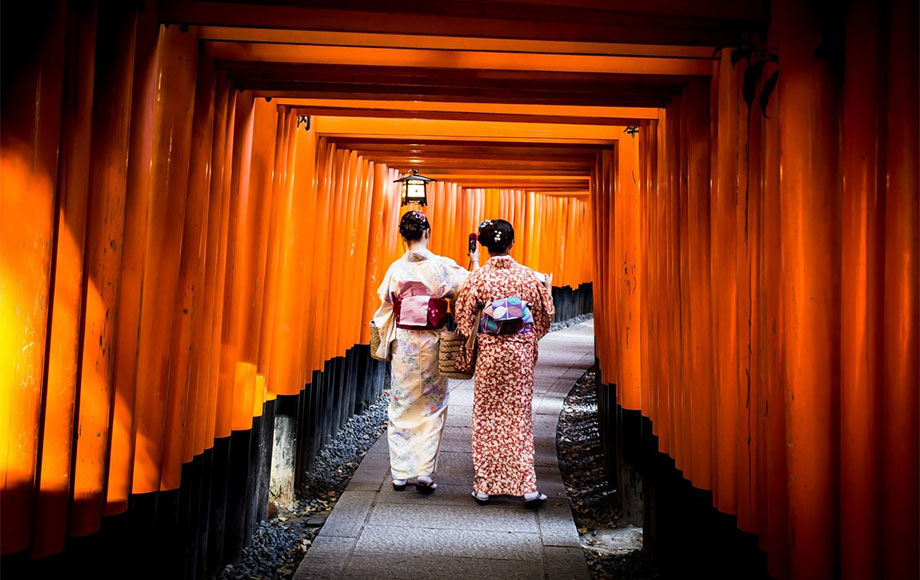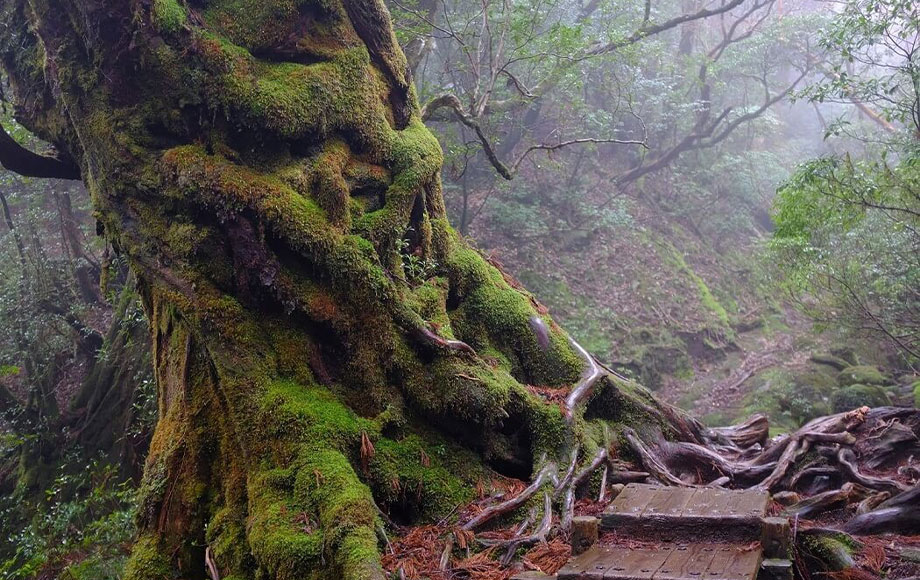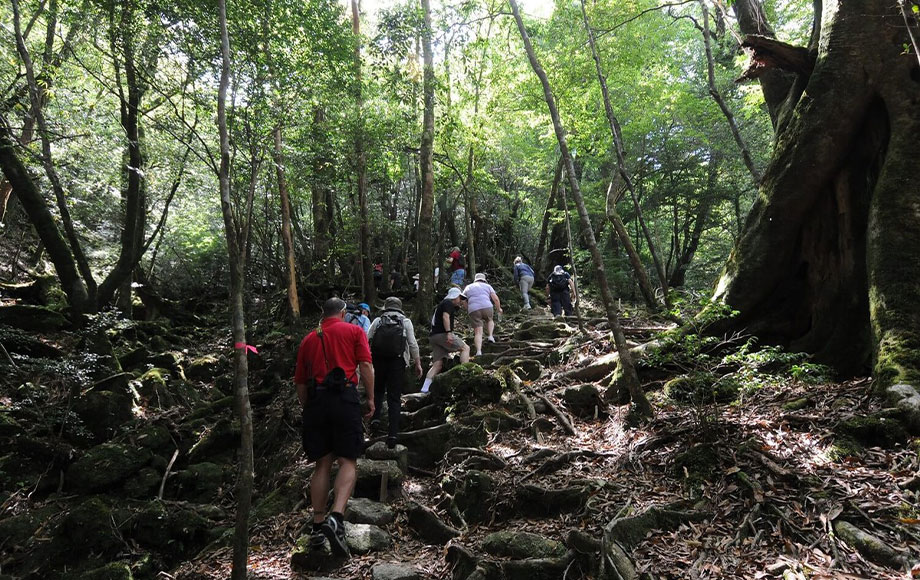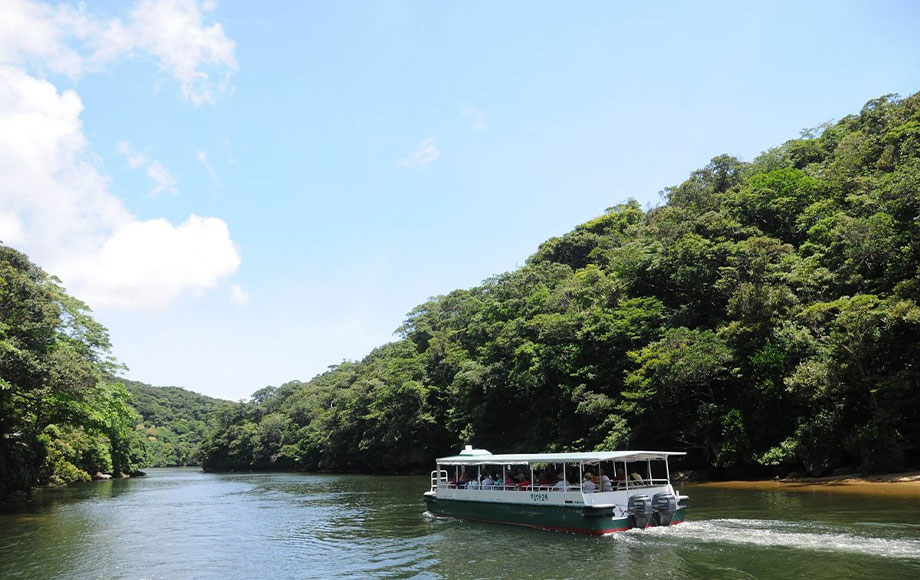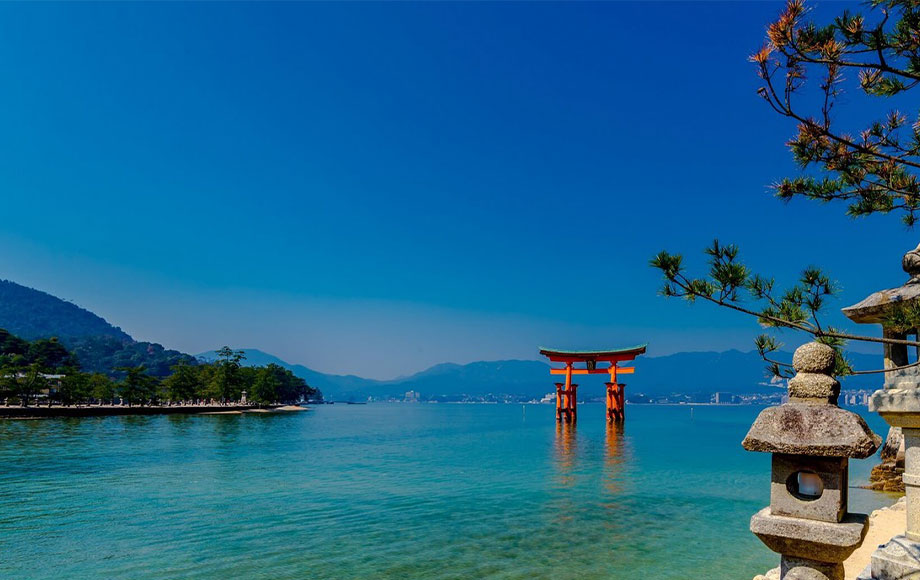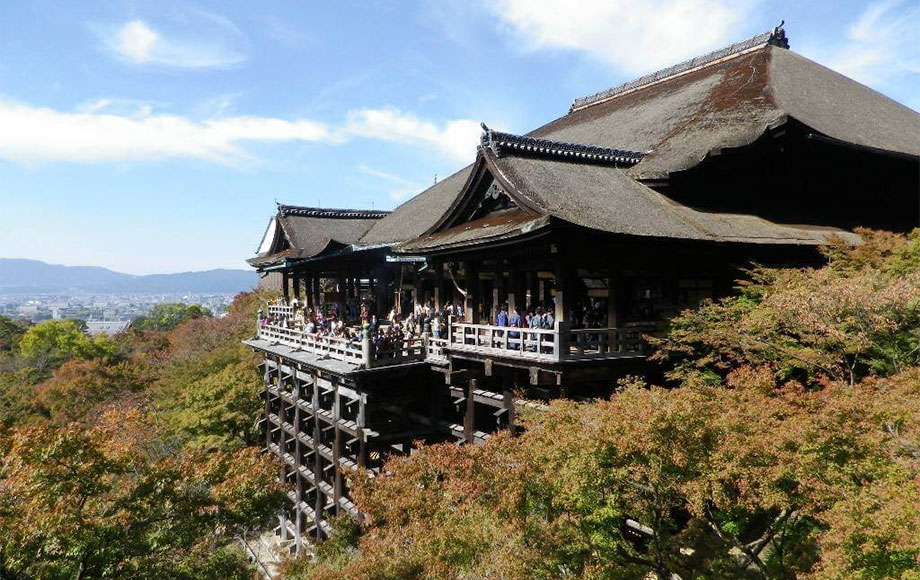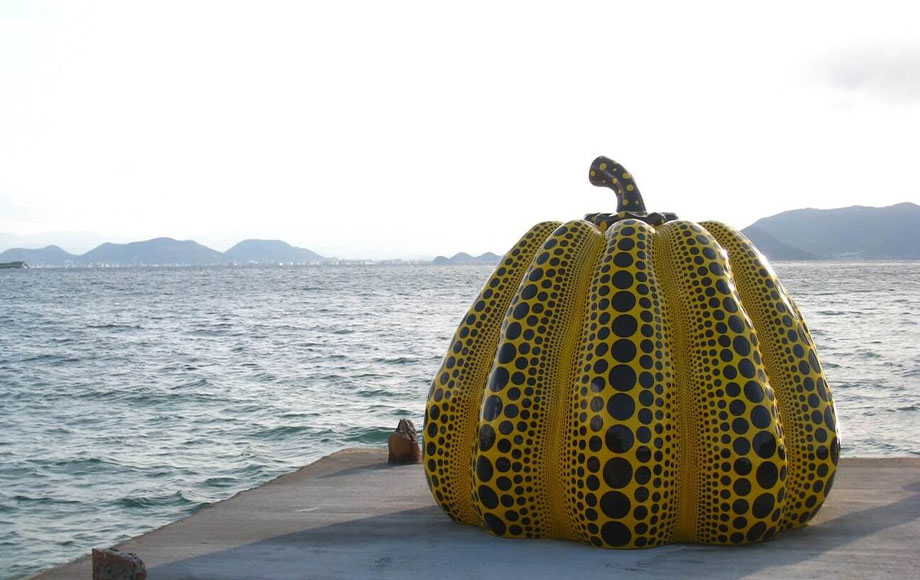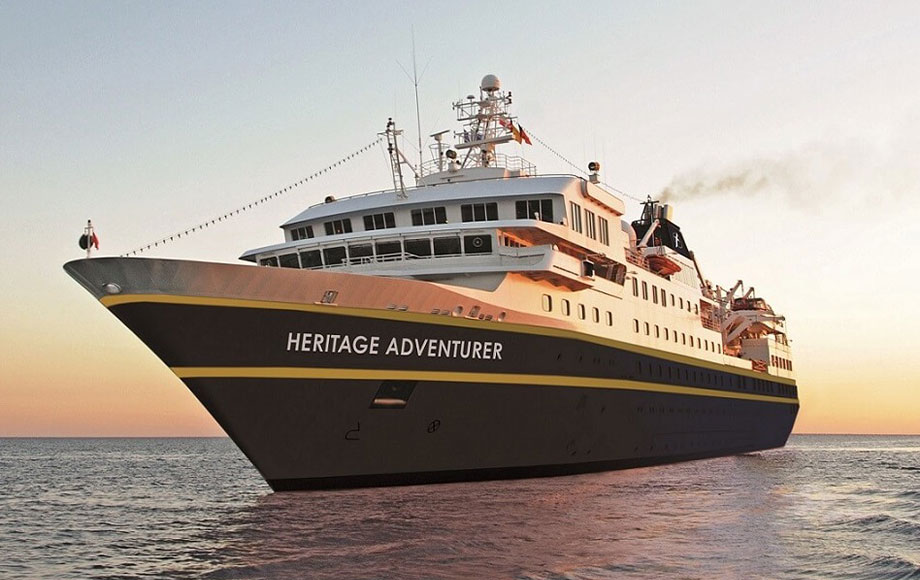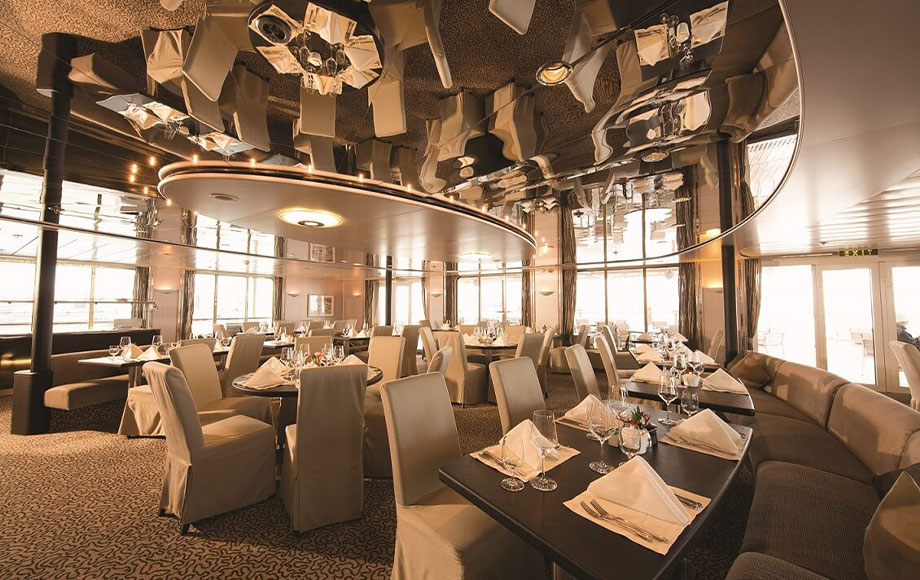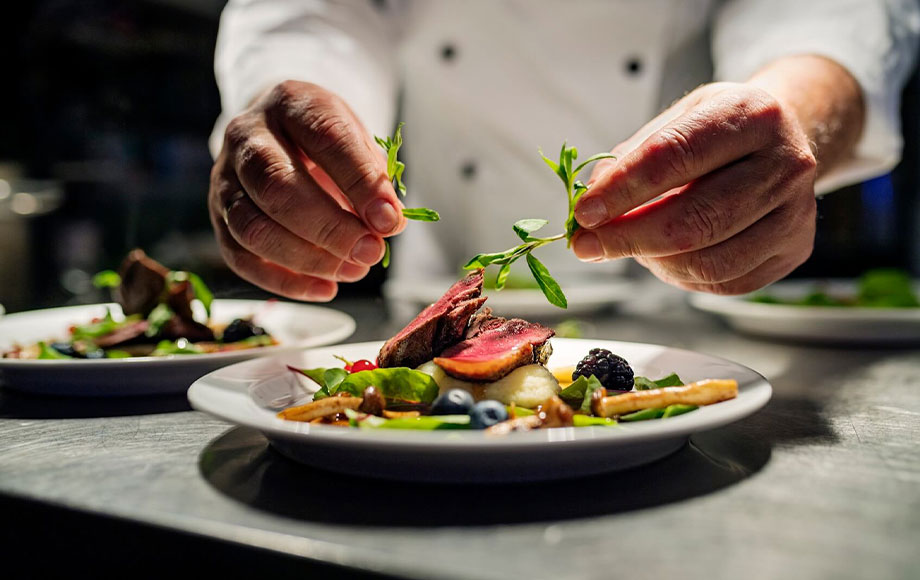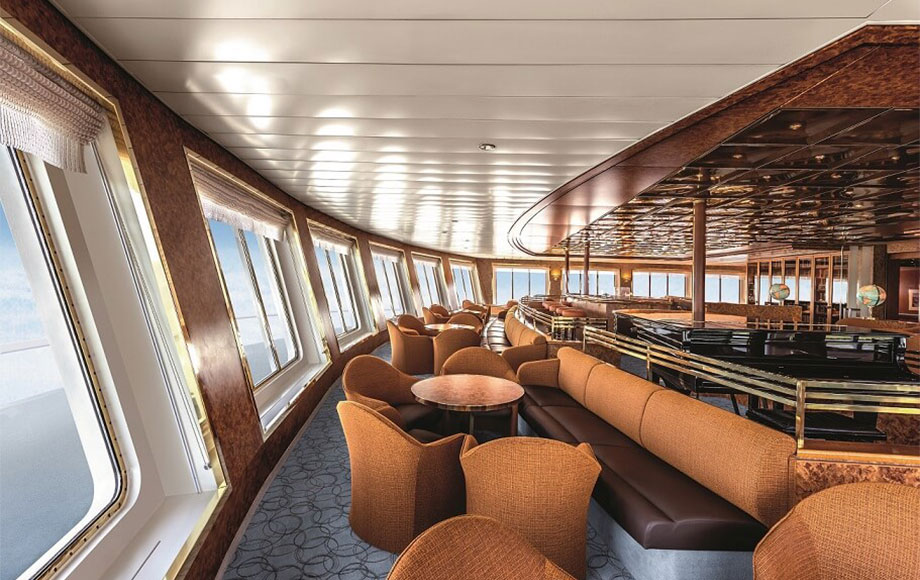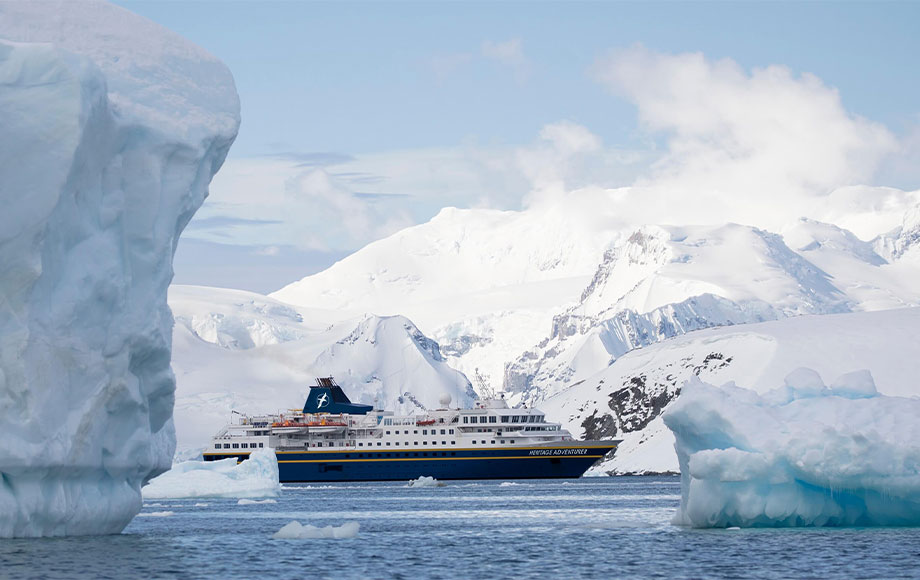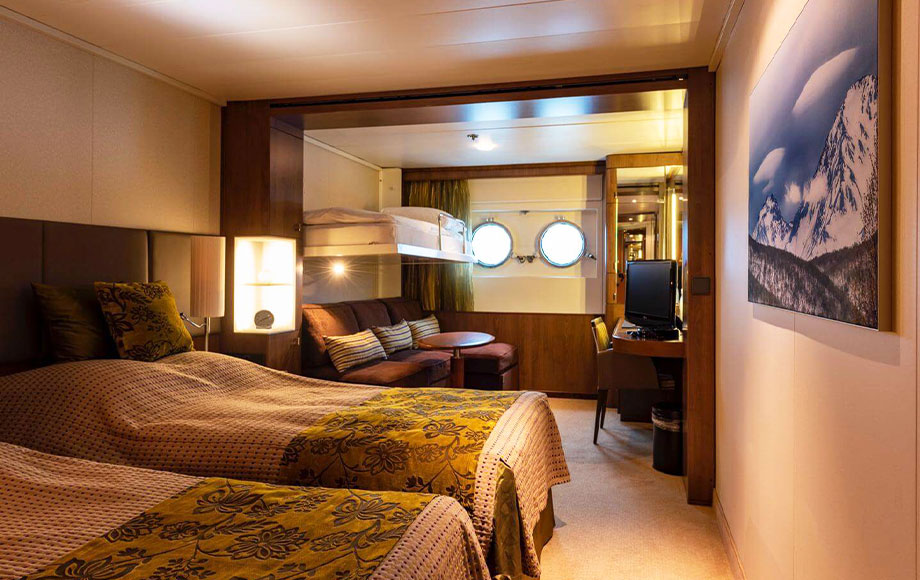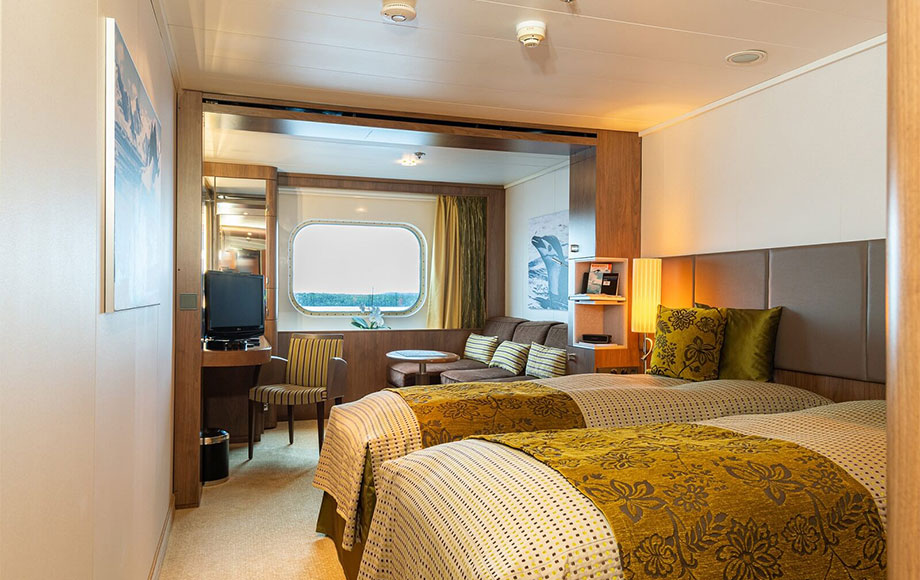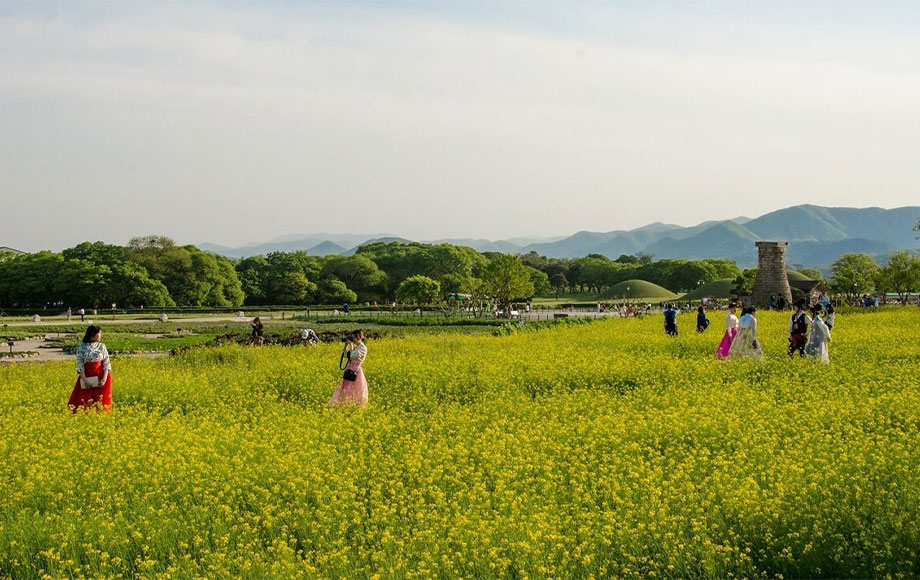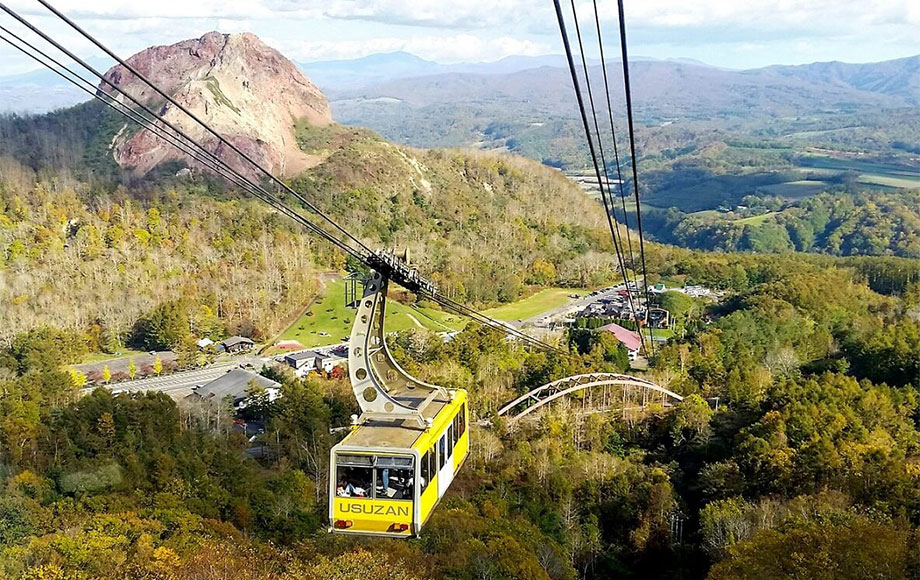Explore Asia’s Subtropical Islands on this unforgettable 15-day expedition cruise, traversing the islands of Japan, Taiwan and the Philippines.
This journey combines some more remote sections of these three islands, where guests can discover a wonderland of postcard perfect blue waters, white sand beaches and pristine coral gardens home to neon-lit fish, fascinating rare birds, primeval jungles, and a myriad of intriguing cultures. The region is also scattered with World War II relics, wrecks and plenty of fascinating history.
Starting in Osaka, Japan, this itinerary begins with highlights of Japan’s southern islands, discovering Buddhist temples, gardens and castles, including famous sites such as Itsukushima Shrine with its renowned overwater torii gate, Hiroshima Peace Park, the eco-paradise and UNESCO World Heritage status of Yakushima Island and the beauty and history of the ‘Hawaii of Japan’ – Okinawa Island.
Sailing further south, other highlights include Taiwan’s capital Keelung and its iconic street food, world-famous rock formations at Yehliu Geopark, and Hualien’s 19-kilometre-long canyon in Taroko National Park. The picturesque island of Batan is your first stop in the Philippines. A tiny outpost, the island’s beauty hides a harrowing WWII history. Hundred Islands National Park and the UNESCO World-Heritage listed city of Vigan with its superb Spanish-influenced architecture are the final stops of this memorable journey.
Tour details
- One night pre-cruise hotel accommodation (inc. dinner/breakfast)
- All on board ship accommodation with meals
- House beer, wine and soft drinks with lunch and dinner
- Pre/post cruise transfer
- All expedition shore excursions and activities. Programme of lectures by noted naturalists
- Landing fees
- All items of a personal nature
- Laundry, drinks (other than mentioned)
- Gratuities
- International/domestic flights
- Visas and travel insurance
- Discover beautiful, pristine islands including Okinawa
- Search for neon lit fish and rare bird species
- Explore Buddhist temples, manicured gardens and castles of Japan
- Visit renowned Itsukushima Shrine and the Hiroshima Peace Park
- Wander through Taiwan’s capital Keelung and its street food scene
- Visit the Filipino island of Batan with its harrowing WWII history.
- Marvel at the architecture wonders of the UNESCO listed city of Vigan
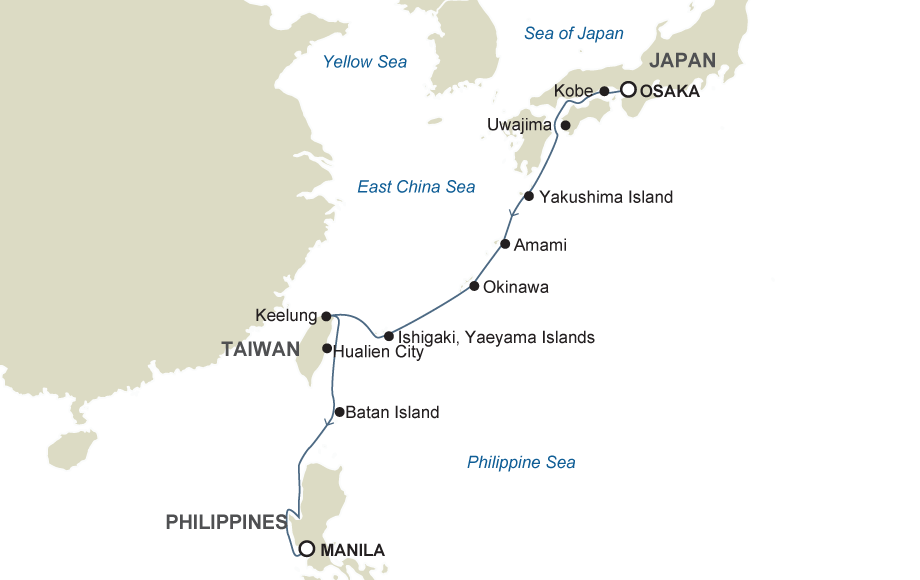
Itinerary
Exploring Asia’s Subtropical Islands
15 days/14 nights
Day 1
Osaka
Arrive at Honshu’s largest port city Osaka where modern architecture and a vibrant dining scene are nestled alongside the 16th century shogunate Osaka Castle, and transfer to your hotel where our group will spend the first night of the expedition. This evening meet your fellow voyagers and expedition guides over dinner at the hotel.
Day 2
Kobe
Enjoy breakfast at the hotel before exploring Japan’s seventh-largest city and the third largest port – Kobe. In 1995, Kobe was hit by the Great Hashin-Awaji Earthquake, which killed more than 5,000 people. Today the city is completely rebuilt, and few signs of the terrible event remain. Today you will have a variety of excursions on offer, as well as time to explore for yourself, including visiting Pure Water Temple Kiyomizudera, one of Japan’s most revered temples and a designated UNESCO World Heritage Site, built over the Otowa Waterfall and dating back to 780. Enjoy lunch at a local restaurant before exploring Buddhist temple Sanjusangendo or Rengeo-in, renowned for its 1,001 statues of the goddess of mercy Kannon, and the ultimate torii gate experience Fushimi Inari Shrine, dedicated to the gods of rice and sake. This afternoon board Heritage Adventurer, moored in Kobe, settle into your cabin and familiarise yourself with the ship.
Day 3
Takamatsu
Takamatsu has had a long history as a port town earning itself the nickname ‘Gateway to Shikoku’, although more recently locals have been calling it ‘Udon Kingdom’. If you have an interest in plants a visit to Ritsurin Park, considered one of Japan’s finest gardens, is sure to be a highlight. Next you will enjoy a visit to Kinashi, one of Japan’s main bonsai production centres, where you will learn about traditional methods of growing bonsai. For those more interested in history and art you may wish to travel to Naoshima Island for a full-day excursion. Shikoku Island is known for its art and this excursion to Naoshima will have you admiring its architecture and art museums, including Chichu Art Museum and Benesse House, featuring work by Japanese and international artists.
Day 4
Miyajima & Hiroshima
This morning the plan is to visit Miyajima, a small island off the coast of Hiroshima and location of the famous giant torii gate which appears to float over the water at high tide and is ranked as one of Japan’s three best views. Miyajima is also home to one of Japan’s most famous sites Itsukushima Shrine, which like the torii gate, is built over water. Spend the afternoon in Hiroshima, the epicentre of the world’s first nuclear bomb attack in 1945, now rebuilt as a centre of peace and reconciliation. The plan is to visit the beautiful Peace Park and Museum, with its sombre cenotaph containing names of atomic bomb victims, and the permanently lit ‘Flame of Peace’.
Day 5
Uwajima
Today sees you exploring the city of Uwajima, on Japan’s Shikoku Island. One of Japan’s premier pearl producers. You will have the chance to learn about the traditional process of cultivating and harvesting pearls during a visit to a pearl farm. The plan is to also visit Uwajima Castle, built in the Edo Period (1603 – 1867), it features spectacular panoramic views of the town, harbour, and the tranquil Tenshaen Garden built in the Samurai era. There will be some free time today to explore the town or perhaps visit one of the many gardens including Tenshaen and the island’s largest Nanrakuen Gardens. Other options include meandering along a cherry tree-lined lane in Yoshida, or visiting the historic Kabuki theatre.
Day 6
Yakushima Island
Renowned for being the wettest place in Japan, Yakushima Island is located among the southern Japanese island chain of Osumi. Considered an eco-paradise, this 200-square-kilometre island is home to almost 2,000 species of flora including the hauntingly beautiful primeval temperate rainforest of giant sugi (Japanese cedar). Earning this small island UNESCO World Heritage status (Japan’s first), these ancient cedars have stood for upwards of 5,000 years with the incredible Jomon Sugi thought to be 7,200 years old making it one of the oldest trees in the world. Experience the majesty of these ancient giants on a trek through Yakusugi-Land while keeping a look out for Yakushima deer and monkeys, and gain further insight through the interactive displays at Yakushima Environmental and Cultural Village. The island is also known as an important nesting site for endangered Loggerhead and Green turtles and, with all that water, boasts some seriously impressive waterfalls.
Day 7
Amami Oshima
Amami Oshima is the largest island in the Satsunnan Amami archipelago, with 65% of it forested in lush jungle and the location of Japan’s second-largest mangrove forest, this tropical outpost is rightly famous for its rare and diverse birdlife and primeval subtropical Kinsakubaru Virgin Forest. Beyond white sand beaches, explore crystal clear underwater worlds and stunning wildlife filled coral gardens, while on land discover a rich human history and unique cuisine charms. Visit the Nature Observation Park for a wilderness experience followed by a thrilling immersion into the island’s culture including observing the incredible detail that goes into creating the revered Oshima Tsumugi silk which has been used to make high-quality kimonos for centuries.
Day 8
Okinawa Island
Dubbed the ‘Hawaii of Japan’ and the centre of the Ryukyu Kingdom for centuries, Okinawa Island only became part of Japan in 1868. Today you will discover the kingdom’s historic importance and the devastating impact of World War II which resulted in losses of more than 100,000 Japanese troops and thousands of US troops over 82 days. Options include a deep dive into the WWII history with a visit to the battle-scarred tunnel complex now a tribute to the former Japanese Navy Underground Headquarters, the Peace Memorial Park dedicated to the more than 200,000 lives that were lost, and the Himeyuri Tower which honours the female high school students and their teachers who lost their lives after being put to work in army field hospitals in caves. Or explore the lush subtropical rainforest and Valley of Gangala, a limestone cave system created hundreds of thousands of years ago and working excavation site. Believed to have been the dwelling site of pre-historic humans who existed some 20,000 years ago, structures dating back thousands of years have been found at this site along with a giant banyan tree estimated to be 150 years old. Discover the ancient Shurijo Castle, the former residence of the Ryukyu kings was left in ruins following the Battle of Okinawa in 1945 and restored and opened as a national park in 1992.
Day 9
Ishigaki & Yaeyama islands
Surrounded by turquoise coastal waters, the idyllic subtropical Ishigaki Island combines coral reefs and jungle-clad mountains with being the commercial centre of the Yaeyama Islands. It is the largest island in the chain. Renowned for its pristine beaches, here you have the opportunity to explore the mangrove-lined Miyara River with its prolific butterflies and birdlife, take in the sensational views of the Hirakubo Peninsula from the Tamatorizaki Observatory and experience island traditions including weaving the distinctive Minsa textiles. Discover the hidden treasures of Ibaruma Sabichi Cave resplendent with stalactites and leading to beautiful beach. A highlight of the day will be visiting neighbouring Taketomi Island where you will enjoy transport via a traditional buffalo cart to see the island’s iconic bungalow-style houses with their terracotta roofs and hibiscus and bougainvillea covered walls.
Day 10
Keelung, Taiwan
Surrounded by mountains and proudly presided over by Taipei 101 – the 1,600-foot-high skyscraper and former Taipei World Financial Center styled on a bamboo stalk – Keelung, Taiwan’s capital, combines an exciting mix of Asian and Western influences. Rightly famous for its prevalent street food, be sure to sample its variety of xiaochi (little snacks) while exploring top attractions including the Chinese-influenced Martyrs’ Shrine, Chiang Kai Shek Memorial Hall, (commemorating Taiwan’s former president) and the National Palace Museum, which houses the world’s largest collection of Chinese art. For those looking for a nature fix, head to Yehliu Geopark with its world-famous surreal landscape of honeycomb and mushroom eroded rock formations, along with its Japanese-era mining complex turned tourist attraction Gold Ecological Park, where hillside walkways connect 1930s offices, workshops and dormitories for an insight into early mining history.
Day 11
Hualien, Taiwan
Taiwan’s second-largest city Hualien, located on its mountainous east coast, is the gateway to the world-famous 19-kilometre-long canyon Taroko National Park and its namesake Marble Gorge. The spectacular marble walls soar to more than 300 feet high and are surrounded by verdant green bamboo forests promising an unforgettable experience. Comprising some 227,000 acres and varying altitudes, from near sea level at the mouth of the Liwu River to towering more than 12,000 feet high at Mt Nanhu, the park’s dramatic landscape provides a diverse array of vegetation and habitats which boast a third of Taiwan’s vascular plants, half of its mammal species, the rare Nanhu Salamander and more than 140 resident bird species.
Day 12
Batan Island, Philippines
Part of a tiny archipelago of 10 islands, the Philippines northernmost province Batan was the country’s first landmass to succumb to Japan’s invasion during World War II. Offering an intriguing mix of historic churches, the unique architecture of its Ivatan houses, rugged coastline and rock formations, panoramic vistas and beaches, you will have the option to join local guides who will share the island’s harrowing WWII history, during a visit to a tunnel used as a hideout by Japanese soldiers. There will also be an option to venture to the top of former lighthouse and U.S. weather station Radar Tukon where incredible 360-degree views across of the island can be enjoyed. Take in the charming country/ocean views of the endless grassy undulations at Vayang Rolling Hills, and explore the town plaza and the striking Santo Domingo de Basco Church, one of the first limestone building to be built under the Spanish regime in 1812.
Days 13
Vigan
Anchoring in the port of Currimao this morning, your day starts with an exploration of the culturally rich North Luzon. At Badoc the plan is to visit Juan Luna Shrine, the restored home of famous Ilocano painter Juan Luna’s and Badoc Church where a 400-year old image of the Virgin Mary, La Virgen Milagrosa de Badoc, found by fishermen in the 17th Century is displayed. In Bantay the iconic 16th Century Bantay Church Bell Tower, built in 1590 with Baroque and Gothic inspired architecture, takes centre stage and offers a glimpse into the region’s colourful history along with incredible views from the top, before making your way to Vigan. Considered Asia’s finest example of a planned Spanish colonial city, the perfectly preserved 16th Century Vigan’s grid street pattern and architectural influences fusing Philippine building design and construction with colonial European architecture earned the city UNESCO status in 1999. Wander the historic cobblestone streets, consider the unique architecture and pay a visit to the traditional Pagburnayan pottery makers and learn about Vigan’s famous hand-crafted earthenware Burnay jars.
Day 14
Hundred Islands National Park
Despite its name, Hundred Islands National Park is comprised of 124 lushly vegetated, mushroom-shaped islands and islets scattered across the turquoise waters of the Lingayen Gulf, believed to be formed more than two million years ago. Decreed a national park in 1940 the collection of islands combine white sand beaches lapped by tranquil crystal-clear waters, caves, fascinating limestone cliffs and rock formations, coral reefs teeming with marine life, and bird and wildlife-filled forests and mangroves. Spend your last day exploring one of these magical islands birding, beachcombing, snorkelling and Zodiac cruising through this wonderland.
Day 15
Manila
This morning the vessel arrives into the Philippines’ bustling capital Manila, a former port town now a buzzing commercial hub, heritage centre and culinary hot spot. After breakfast there will be a complimentary coach to a central hotel or to the Ninoy Aquino International Airport. To allow time for disembarkation procedures and travel from Manila, it is not recommended to book flights departing before 1300 hours.
Please note: During the voyage, circumstances may make it necessary or desirable to deviate from the proposed itinerary. This can include poor weather and opportunities for making unplanned excursions. Your Expedition Leader will keep you fully informed. Please note, voyages are planned and scheduled pending final regulatory approval.
Heritage Adventurer
Built in 1991 for Polar expedition travel, the Heritage Adventurer (formerly the MS Hanseatic) holds the highest passenger-ship ice-class rating (1A Super). Originally designed to accommodate 184 guests, this world-class polar pioneer now welcomes just 140 passengers, creating a more spacious, comfortable and personalised onboard experience. Facilities include superb indoor and outdoor viewing locations including the Observation Lounge (with 270-degree views), a library, pool, gym, hot tub and steam room. Guests can relax in their comfortable cabins that span 4 decks or meet up with fellow guests in the café or bar. Accompanying each voyage is a world-renowned team of naturalists, botanists, historians and experts as well as a fleet of 14 Zodiacs. The vessel also has an Open Bridge Policy.
- Classification: Lloyds 1AS, GL E4
- Year built: 1991
- Accommodation: 140 guests
- Shipyard: Rauma, Finland
- Engines: 3,940 horsepower (x2)
- Maximum speed: 15 knots
- Cruising speed: 12 knots
- Range: 8,600 nautical miles
- Gross Tonnage: 8,378gt
- Length: 124 metres
- Zodiacs: 14
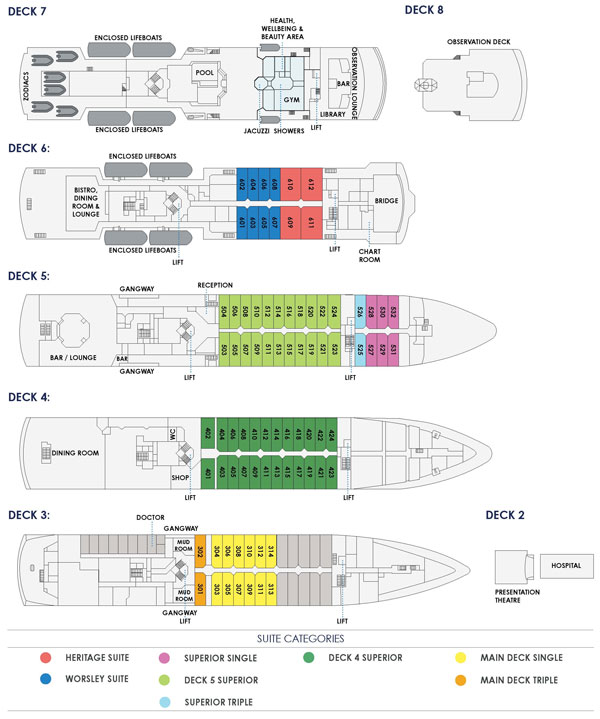
More Japan Itineraries
Subscribe below
Sign up to receive updates about exciting journeys, special offers and more.
